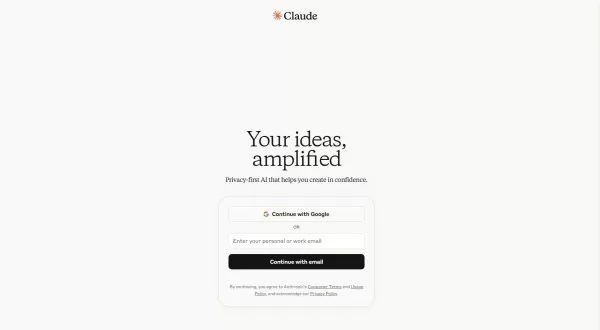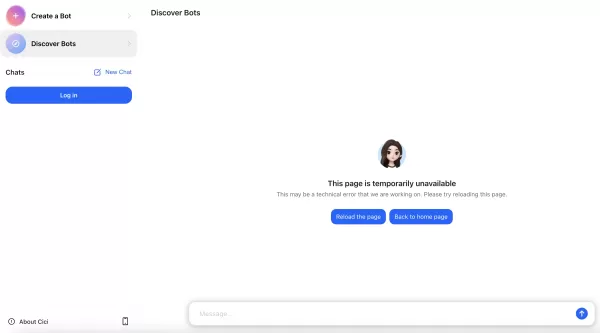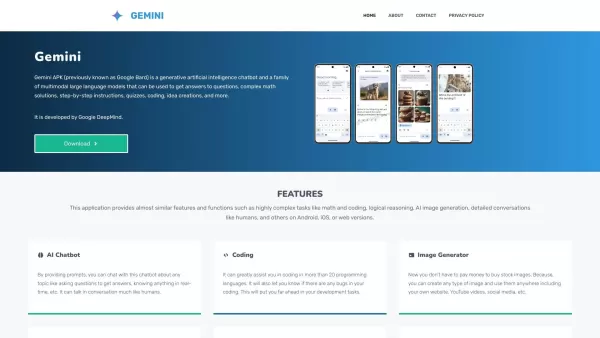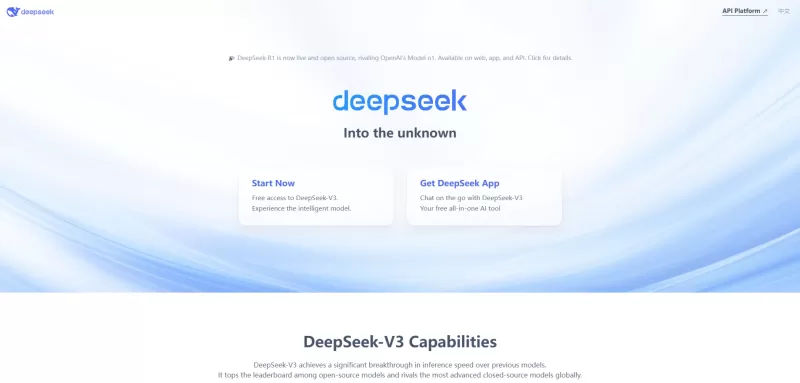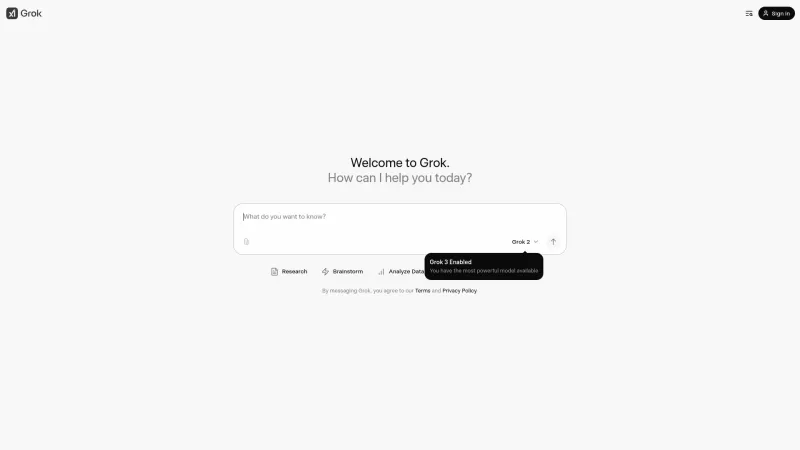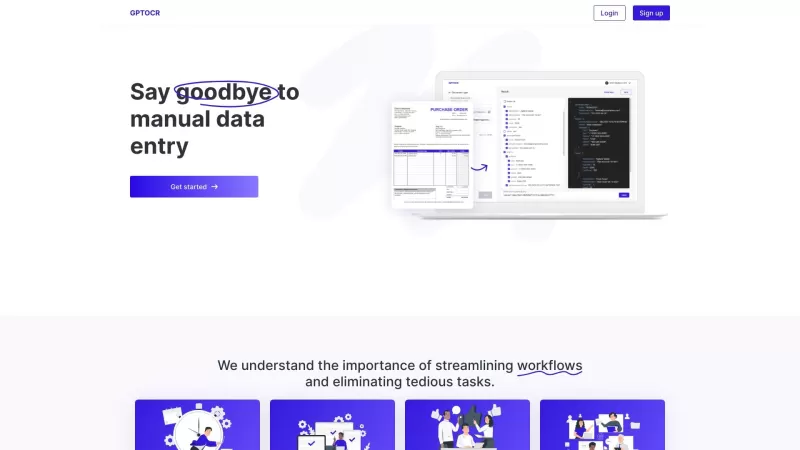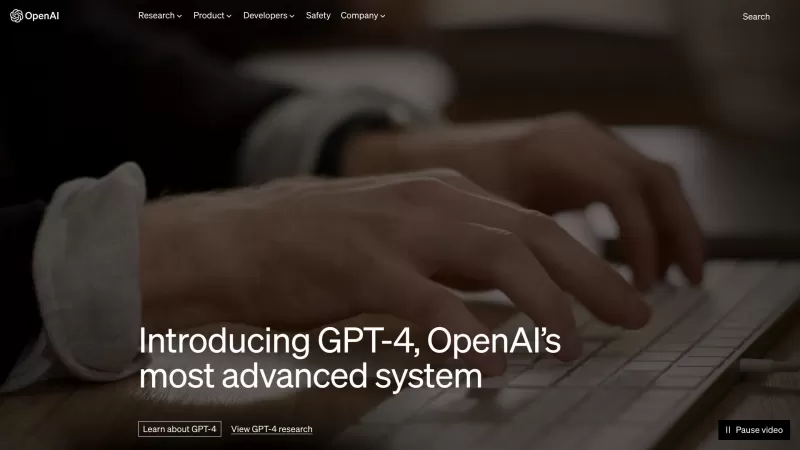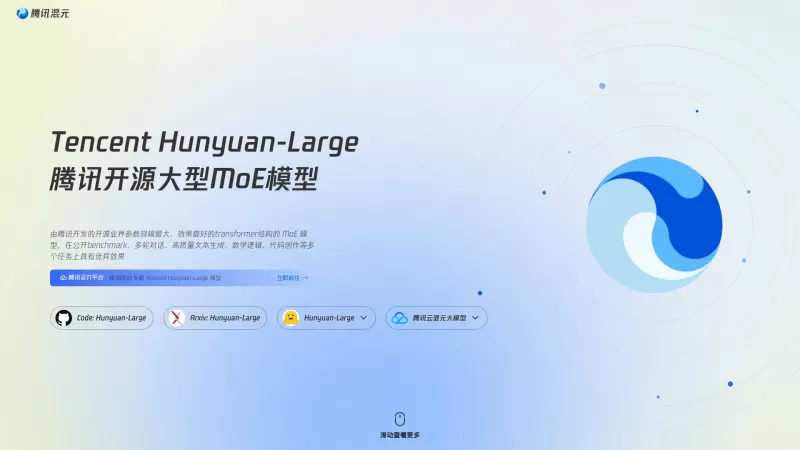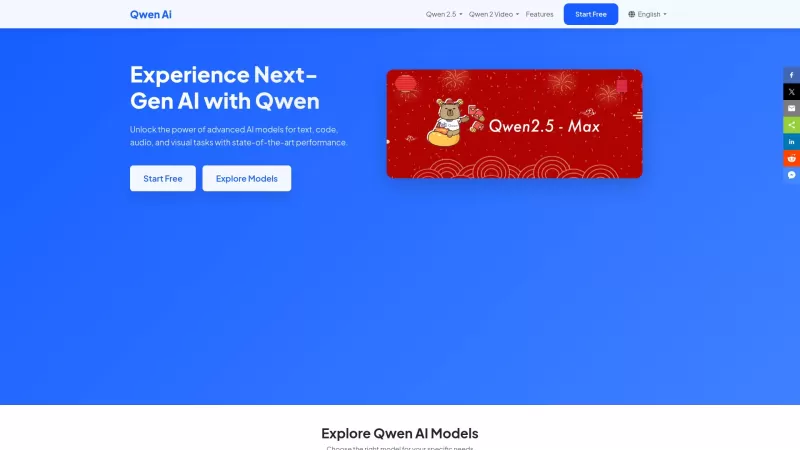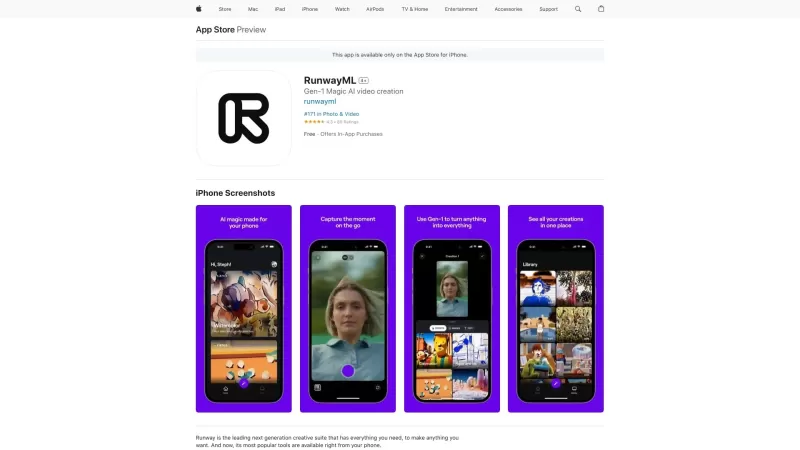AI Art: A Classical Artist’s Perspective on Machine-Driven Creativity
Artificial intelligence (AI) is reshaping creative industries, with art at the forefront. The rise of AI-generated art has ignited both enthusiasm and debate among traditional artists. This piece delves into AI art through the lens of a classically trained artist, exploring its definition, tools, applications, and ethical challenges while balancing respect for innovation and the timeless value of human artistry.
Key Points
AI art uses algorithms to unlock novel creative opportunities.
Classical artists offer unique insights into AI art debates.
Various AI tools enable diverse artistic expressions.
AI art prompts ethical concerns about copyright, originality, and artistic merit.
Grasping AI art enhances experiences for artists and audiences.
Exploring the World of AI Art
What is AI Art?
AI art involves artworks produced by artificial intelligence algorithms. Unlike traditional art, which depends entirely on human skill, AI art harnesses machine learning to create images, music, and other outputs. Trained on extensive datasets, these models identify patterns, styles, and techniques to produce original works.
AI art transcends replication, venturing into uncharted creative realms. Artists leverage AI tools to expand possibilities, blending human vision with computational precision to craft abstract designs, lifelike images, or animations.
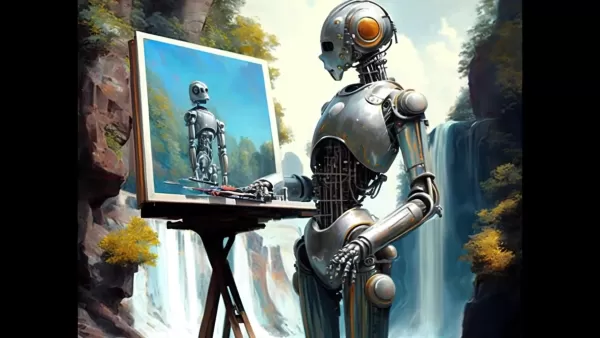
The potential is boundless, making AI art a vibrant, ever-evolving domain.
At its core, AI art relies on algorithms like Generative Adversarial Networks (GANs), featuring a generator creating images and a discriminator refining them. Other models, such as variational autoencoders (VAEs) and recurrent neural networks (RNNs), contribute unique strengths to AI art creation.
The Classical Artist’s View
Classical artists approach AI art with curiosity tempered by caution. They see its potential to enhance creativity but fear it may diminish human skill or blur the line between human and machine artistry. Understanding their perspective fosters meaningful discussions about art’s future.
For many, traditional art is deeply personal, rooted in years of practice and emotional expression. AI art, driven by data, can feel impersonal by comparison.
Yet, some classical artists embrace AI as a creative partner, using it to spark innovation and overcome blocks. By blending AI tools with traditional methods, they produce groundbreaking works, highlighting the growing synergy between human and machine creativity.
The Future of AI Art: Trends and Outlook
Emerging Trends
AI art is advancing rapidly, with key trends shaping its trajectory:
- Enhanced Realism: AI models excel at creating lifelike images, fueled by deeper learning and diverse datasets.
- Interactive Art: Artists craft AI-driven installations that respond to audience input, offering immersive experiences.
- AI-Powered NFTs: Non-fungible tokens enable trading of AI art, creating new revenue streams in digital markets.
- AI in Art Education: Personalized tools adapt to students’ needs, offering tailored feedback and exercises.
As AI evolves, expect more transformative applications in art.
Starting with AI Art: A Guide
Selecting AI Art Tools
Popular AI art tools include:
DeepArt.io: Transforms photos into paintings inspired by iconic artists.
Artbreeder: Combines images to create unique portraits and landscapes.
RunwayML: Offers versatile AI models for image creation and style transfer.
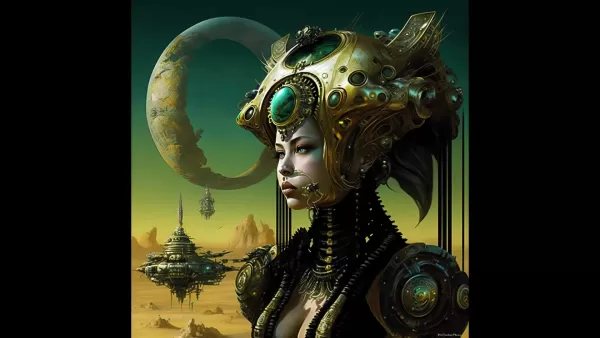
DALL-E 2 and Midjourney: Generate vivid, imaginative images from text prompts.
Writing Effective Prompts
Effective prompts are key to quality AI art. Be specific and vivid—e.g., “a vibrant mountain landscape with a waterfall under a starry sky” yields richer results than “landscape.” Specify style, mood, or artistic influences like “surreal” or “impressionistic.”
Refining Your Work
AI art creation is iterative. Initial outputs may need tweaking. Adjust prompts, colors, or textures to align with your vision. Embrace experimentation to achieve compelling results through collaboration with AI.
Pricing and Access
Cost Factors
AI art tool pricing varies. DeepArt.io offers free and premium plans. Artbreeder uses credits for image generation. RunwayML provides subscription tiers, while DALL-E 2 and Midjourney use credits or subscriptions. Test free versions before investing, and check for discounts for students or nonprofits.
Pros and Cons of AI Art
Pros
Efficiency: Automates repetitive tasks, saving time.
Creative Exploration: Enables novel artistic expressions.
Personalization: Tailors visuals for marketing or entertainment.
Accessibility: Empowers non-artists to create.
Cons
Ethical Concerns: Copyright and originality debates persist.
Skill Devaluation: Human artistry may be overshadowed.
Emotional Depth: AI art may lack human resonance.
Data Dependency: Quality hinges on training data.
Key Features of AI Art Tools
Image Generation
AI tools create images from text prompts, enabling rapid visualization of ideas. Some focus on realism, others on abstract or stylized art, catering to diverse creative needs.
Style Transfer
Style transfer applies one image’s style to another, like turning a photo into a Van Gogh painting. It blends textures and patterns, creating visually striking hybrids.
Content Creation
AI tools extend beyond images to generate text, music, or video, supporting diverse creative projects as they grow more sophisticated.
Applications of AI Art
Graphic Design and Illustration
AI tools streamline design, producing logos and visuals quickly. Style transfer creates unique illustrations for publications or websites, enhancing efficiency and creativity.
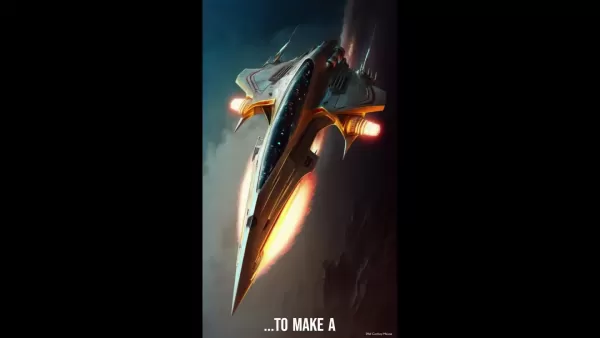
Fine Art and Expression
AI art thrives in fine art, displayed in galleries to challenge norms. Artists use it for self-expression or to explore philosophical questions about creativity.
Marketing and Advertising
AI generates tailored ads and visuals, boosting campaign impact. Automation saves time, letting marketers focus on strategy.
Entertainment and Gaming
AI creates concept art, characters, and environments for games and films, enhancing visuals and personalizing experiences for audiences.
Frequently Asked Questions
Is AI Art Truly Original?
AI art’s originality is debated. Trained on existing datasets, it blends styles uniquely but may not match human creativity. Originality depends on algorithms, data, and artist input.
Will AI Replace Artists?
AI is unlikely to replace artists. It automates tasks and sparks ideas but lacks human emotion and context. AI enhances, not supplants, artistic creativity.
How Can I Protect My Copyright?
Copyright for AI art is complex. Protect your prompts and inputs, but AI-generated outputs may face legal hurdles. Consult experts to navigate copyright laws.
Related Questions
What Are the Ethical Implications of AI Art?
AI art raises concerns about copyright, originality, and bias. Models trained on copyrighted data risk infringement. Diverse datasets are vital to avoid biased outputs. Responsible use is key.
How Is AI Art Changing the Artist’s Role?
AI shifts artists to collaborators, using tools to spark ideas and automate tasks. Artists guide AI outputs, blending traditional skills with new techniques like prompt engineering.
Related article
 Scale AI Secures Major Meta Investment Amid CEO Alexandr Wang's Departure
Scale AI, a leading data-labeling firm, has secured substantial funding from Meta at a $29 billion valuation while announcing a major leadership transition. The partnership underscores Meta's urgency to strengthen its AI capabilities amid intensifyin
Scale AI Secures Major Meta Investment Amid CEO Alexandr Wang's Departure
Scale AI, a leading data-labeling firm, has secured substantial funding from Meta at a $29 billion valuation while announcing a major leadership transition. The partnership underscores Meta's urgency to strengthen its AI capabilities amid intensifyin
 Trendy Short Hairstyles: Best Bob and Pixie Cuts for Every Face Shape
Ready to transform your look with a stylish yet low-maintenance haircut? Chic short hairstyles are dominating the beauty scene in 2024, offering everything from timeless bobs to edgy pixie cuts and voluminous layered styles. Our ultimate guide walks
Trendy Short Hairstyles: Best Bob and Pixie Cuts for Every Face Shape
Ready to transform your look with a stylish yet low-maintenance haircut? Chic short hairstyles are dominating the beauty scene in 2024, offering everything from timeless bobs to edgy pixie cuts and voluminous layered styles. Our ultimate guide walks
 How to Build an Automated Voice AI System - Full Guide
In today's hyper-competitive business environment, automation has become essential for operational excellence and revenue growth. Voice AI technology is revolutionizing customer interactions and internal workflows, offering unprecedented efficiency g
Comments (1)
0/200
How to Build an Automated Voice AI System - Full Guide
In today's hyper-competitive business environment, automation has become essential for operational excellence and revenue growth. Voice AI technology is revolutionizing customer interactions and internal workflows, offering unprecedented efficiency g
Comments (1)
0/200
![RoyGarcía]() RoyGarcía
RoyGarcía
 August 8, 2025 at 7:01:00 PM EDT
August 8, 2025 at 7:01:00 PM EDT
This AI art stuff is wild! It’s like watching a robot try to paint like Picasso. I’m torn—part of me loves the creativity, but it feels like machines are stealing the soul of art. What’s next, AI composing symphonies? 🤔


 0
0
Artificial intelligence (AI) is reshaping creative industries, with art at the forefront. The rise of AI-generated art has ignited both enthusiasm and debate among traditional artists. This piece delves into AI art through the lens of a classically trained artist, exploring its definition, tools, applications, and ethical challenges while balancing respect for innovation and the timeless value of human artistry.
Key Points
AI art uses algorithms to unlock novel creative opportunities.
Classical artists offer unique insights into AI art debates.
Various AI tools enable diverse artistic expressions.
AI art prompts ethical concerns about copyright, originality, and artistic merit.
Grasping AI art enhances experiences for artists and audiences.
Exploring the World of AI Art
What is AI Art?
AI art involves artworks produced by artificial intelligence algorithms. Unlike traditional art, which depends entirely on human skill, AI art harnesses machine learning to create images, music, and other outputs. Trained on extensive datasets, these models identify patterns, styles, and techniques to produce original works.
AI art transcends replication, venturing into uncharted creative realms. Artists leverage AI tools to expand possibilities, blending human vision with computational precision to craft abstract designs, lifelike images, or animations.

The potential is boundless, making AI art a vibrant, ever-evolving domain.
At its core, AI art relies on algorithms like Generative Adversarial Networks (GANs), featuring a generator creating images and a discriminator refining them. Other models, such as variational autoencoders (VAEs) and recurrent neural networks (RNNs), contribute unique strengths to AI art creation.
The Classical Artist’s View
Classical artists approach AI art with curiosity tempered by caution. They see its potential to enhance creativity but fear it may diminish human skill or blur the line between human and machine artistry. Understanding their perspective fosters meaningful discussions about art’s future.
For many, traditional art is deeply personal, rooted in years of practice and emotional expression. AI art, driven by data, can feel impersonal by comparison.
Yet, some classical artists embrace AI as a creative partner, using it to spark innovation and overcome blocks. By blending AI tools with traditional methods, they produce groundbreaking works, highlighting the growing synergy between human and machine creativity.
The Future of AI Art: Trends and Outlook
Emerging Trends
AI art is advancing rapidly, with key trends shaping its trajectory:
- Enhanced Realism: AI models excel at creating lifelike images, fueled by deeper learning and diverse datasets.
- Interactive Art: Artists craft AI-driven installations that respond to audience input, offering immersive experiences.
- AI-Powered NFTs: Non-fungible tokens enable trading of AI art, creating new revenue streams in digital markets.
- AI in Art Education: Personalized tools adapt to students’ needs, offering tailored feedback and exercises.
As AI evolves, expect more transformative applications in art.
Starting with AI Art: A Guide
Selecting AI Art Tools
Popular AI art tools include:
DeepArt.io: Transforms photos into paintings inspired by iconic artists.
Artbreeder: Combines images to create unique portraits and landscapes.
RunwayML: Offers versatile AI models for image creation and style transfer.

DALL-E 2 and Midjourney: Generate vivid, imaginative images from text prompts.
Writing Effective Prompts
Effective prompts are key to quality AI art. Be specific and vivid—e.g., “a vibrant mountain landscape with a waterfall under a starry sky” yields richer results than “landscape.” Specify style, mood, or artistic influences like “surreal” or “impressionistic.”
Refining Your Work
AI art creation is iterative. Initial outputs may need tweaking. Adjust prompts, colors, or textures to align with your vision. Embrace experimentation to achieve compelling results through collaboration with AI.
Pricing and Access
Cost Factors
AI art tool pricing varies. DeepArt.io offers free and premium plans. Artbreeder uses credits for image generation. RunwayML provides subscription tiers, while DALL-E 2 and Midjourney use credits or subscriptions. Test free versions before investing, and check for discounts for students or nonprofits.
Pros and Cons of AI Art
Pros
Efficiency: Automates repetitive tasks, saving time.
Creative Exploration: Enables novel artistic expressions.
Personalization: Tailors visuals for marketing or entertainment.
Accessibility: Empowers non-artists to create.
Cons
Ethical Concerns: Copyright and originality debates persist.
Skill Devaluation: Human artistry may be overshadowed.
Emotional Depth: AI art may lack human resonance.
Data Dependency: Quality hinges on training data.
Key Features of AI Art Tools
Image Generation
AI tools create images from text prompts, enabling rapid visualization of ideas. Some focus on realism, others on abstract or stylized art, catering to diverse creative needs.
Style Transfer
Style transfer applies one image’s style to another, like turning a photo into a Van Gogh painting. It blends textures and patterns, creating visually striking hybrids.
Content Creation
AI tools extend beyond images to generate text, music, or video, supporting diverse creative projects as they grow more sophisticated.
Applications of AI Art
Graphic Design and Illustration
AI tools streamline design, producing logos and visuals quickly. Style transfer creates unique illustrations for publications or websites, enhancing efficiency and creativity.

Fine Art and Expression
AI art thrives in fine art, displayed in galleries to challenge norms. Artists use it for self-expression or to explore philosophical questions about creativity.
Marketing and Advertising
AI generates tailored ads and visuals, boosting campaign impact. Automation saves time, letting marketers focus on strategy.
Entertainment and Gaming
AI creates concept art, characters, and environments for games and films, enhancing visuals and personalizing experiences for audiences.
Frequently Asked Questions
Is AI Art Truly Original?
AI art’s originality is debated. Trained on existing datasets, it blends styles uniquely but may not match human creativity. Originality depends on algorithms, data, and artist input.
Will AI Replace Artists?
AI is unlikely to replace artists. It automates tasks and sparks ideas but lacks human emotion and context. AI enhances, not supplants, artistic creativity.
How Can I Protect My Copyright?
Copyright for AI art is complex. Protect your prompts and inputs, but AI-generated outputs may face legal hurdles. Consult experts to navigate copyright laws.
Related Questions
What Are the Ethical Implications of AI Art?
AI art raises concerns about copyright, originality, and bias. Models trained on copyrighted data risk infringement. Diverse datasets are vital to avoid biased outputs. Responsible use is key.
How Is AI Art Changing the Artist’s Role?
AI shifts artists to collaborators, using tools to spark ideas and automate tasks. Artists guide AI outputs, blending traditional skills with new techniques like prompt engineering.
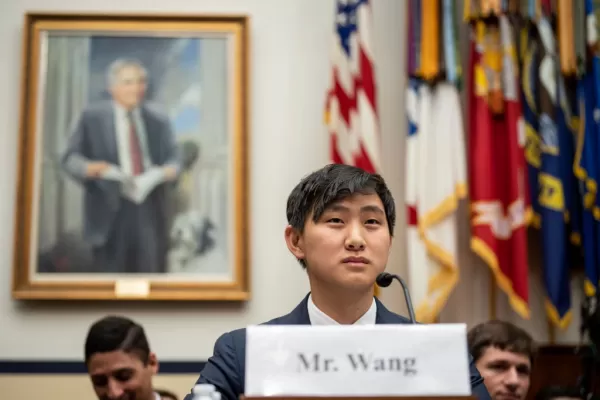 Scale AI Secures Major Meta Investment Amid CEO Alexandr Wang's Departure
Scale AI, a leading data-labeling firm, has secured substantial funding from Meta at a $29 billion valuation while announcing a major leadership transition. The partnership underscores Meta's urgency to strengthen its AI capabilities amid intensifyin
Scale AI Secures Major Meta Investment Amid CEO Alexandr Wang's Departure
Scale AI, a leading data-labeling firm, has secured substantial funding from Meta at a $29 billion valuation while announcing a major leadership transition. The partnership underscores Meta's urgency to strengthen its AI capabilities amid intensifyin
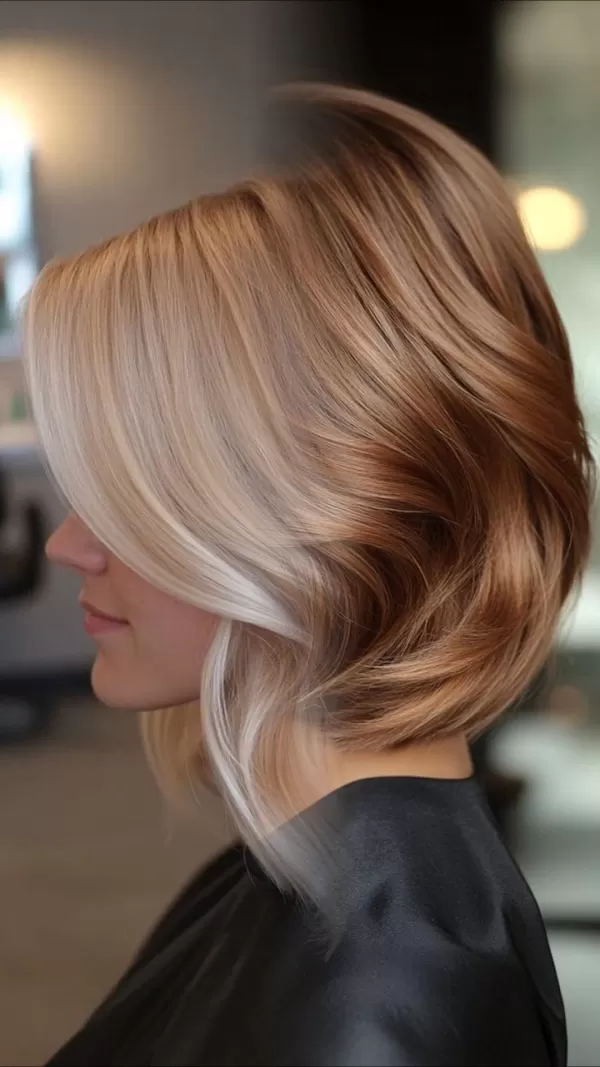 Trendy Short Hairstyles: Best Bob and Pixie Cuts for Every Face Shape
Ready to transform your look with a stylish yet low-maintenance haircut? Chic short hairstyles are dominating the beauty scene in 2024, offering everything from timeless bobs to edgy pixie cuts and voluminous layered styles. Our ultimate guide walks
Trendy Short Hairstyles: Best Bob and Pixie Cuts for Every Face Shape
Ready to transform your look with a stylish yet low-maintenance haircut? Chic short hairstyles are dominating the beauty scene in 2024, offering everything from timeless bobs to edgy pixie cuts and voluminous layered styles. Our ultimate guide walks
 How to Build an Automated Voice AI System - Full Guide
In today's hyper-competitive business environment, automation has become essential for operational excellence and revenue growth. Voice AI technology is revolutionizing customer interactions and internal workflows, offering unprecedented efficiency g
How to Build an Automated Voice AI System - Full Guide
In today's hyper-competitive business environment, automation has become essential for operational excellence and revenue growth. Voice AI technology is revolutionizing customer interactions and internal workflows, offering unprecedented efficiency g
 August 8, 2025 at 7:01:00 PM EDT
August 8, 2025 at 7:01:00 PM EDT
This AI art stuff is wild! It’s like watching a robot try to paint like Picasso. I’m torn—part of me loves the creativity, but it feels like machines are stealing the soul of art. What’s next, AI composing symphonies? 🤔


 0
0
